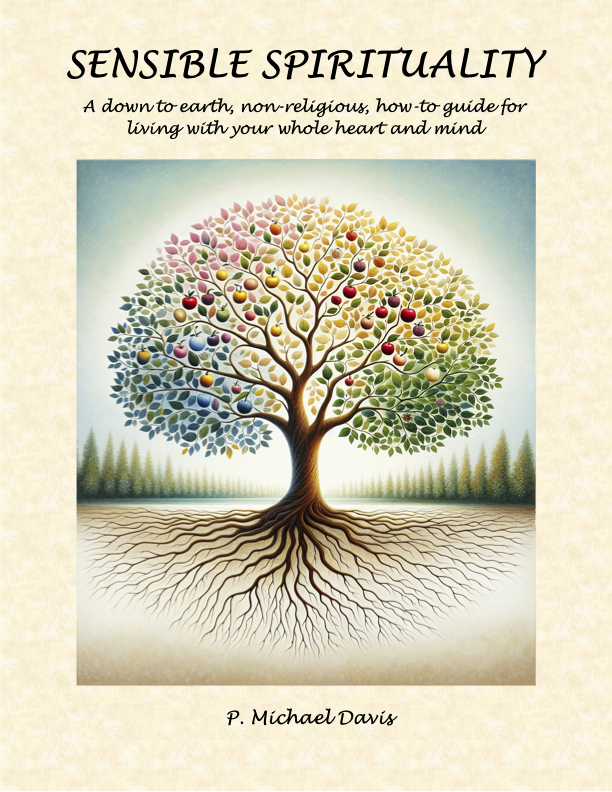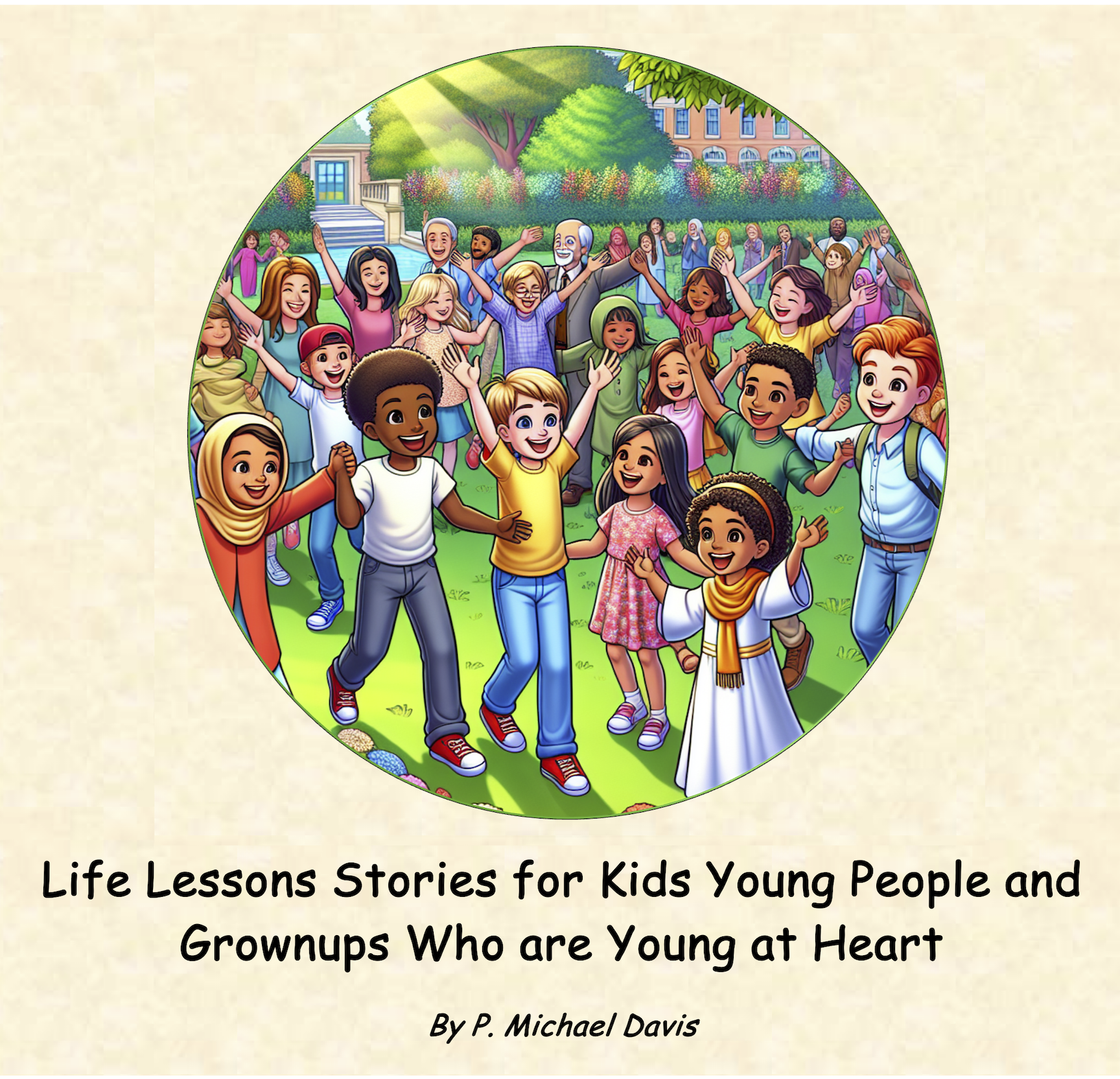Spiritual Attitude
What is the definition of attitude?
- A PERSONAL VIEW OF SOMETHING: an opinion or general feeling about something. Example - a positive attitude toward change
- A BODILY POSTURE: a physical posture, either conscious or unconscious, especially while interacting with others
- A CONSCIOUS ASSERTIVENESS: an arrogant or assertive manner or stance assumed as a challenge or for effect Example - a streetwise teenager with an attitude
- AEROSPACE: orientation of an aircraft's axis: the angle of an aircraft in relation to the direction of the airflow or to the horizontal plane as it is flying
What is the definition of spiritual attitude?
I think the definition of spiritual attitude is closest to the Aerospace definition. That is to say that when a pilot is flying an aircraft he or she must be aware not only of where the aircraft is going, but also how it is oriented to the forces and dynamics which make an impact on it. This awareness allows the aircraft to stay level and continue on a smooth flight path.
Likewise, spiritual attitude helps us to be aware of how we are oriented in our awareness of God and the people who are a part of our life. This awareness allows us to maintain a level path and direction, and to move smoothly and without barriers toward the kind of life we're seeking.
Let me ask you to take a moment and think right now about this question:
How would you define your spiritual attitude today?
In other words, how would you describe your awareness of God and your relationships with the people who are closest to you?
The answers to those questions are the first step toward determining whether or not there is a need to make a change, adjustment, and/or to make course corrections as you consider your own spiritual attitude and how it relates to the kind of life you are seeking.
The Three Basic Principles of Spiritual Attitude
Principle #1 - Your spiritual attitude about anything is a choice.
 |
 |
What do you see in the two pictures above?
These are figure ground pictures and they are used to test Figure Ground Discrimination, which is the ability to screen out unimportant visual material in order to concentrate on the important stuff (i.e., to find an object in a busy environment without getting confused by the background or surrounding images).
When I say that your spiritual attitude about anything is a matter of choice, I am trying to point out that spiritual awareness always offers us the ability and the opportunity to screen out the unimportant. It gives us a chance to set aside the busy background stuff that goes on in our day-to-day lives and allows us to focus on what is important and life-enhancing with a minimum of distraction.
In essence, we see what we prepare ourselves to see. If we're focused primarily on problems, negative interactions with other people, or fears about what might happen or might go wrong, then that is where our focus and attitude about life will be. And these negative events are what we will experience most often.
However, if we're focused on finding solutions to problems, building positive and caring relationships with the people around us, and enjoying the good things that are happening in our lives right now, then our focus and experience will be there most often.
If that sounds unrealistic, unsophisticated and namby-pamby then it is time for a course correction and attitude adjustment. I have never been able to understand why some people find a negative outlook to be more realistic and/or sophisticated than a positive one. In fact, the truth is that the negative outlook is shallow and limited because it fails to take into account the limitless possibilities and opportunities for life that come with spiritual awareness.
My grandmother had a great old saying, which she would quote to me whenever, as a child, I was exhibiting a negative attitude or complaining about how unfair life was being to me. She would take my face in her hands so that she was sure I was paying attention and say, “Son, if you're grumpy today or having a pity party tonight, then you picked that. And, you’re the only one who can do something about it.”
Principle #2 - Your Spiritual Attitude Determines Your Outlook on Life.

The Parable of the Very Bad Day
Once upon a time there was an 11-year-old boy who lived on a dairy farm in Wisconsin. And every day his mother would come into his room at 5:00 a.m. and say in the happiest most lilting voice, “Good morning, it’s time to get up. It’s a wonderful day.” The boy would get up and get dressed and then go out to do his morning chores before breakfast and going to school. This happened rain or shine, in the heat of summer or in the cold dead of winter. “Good morning, it’s time to get up. It’s a wonderful day.” was his unending wake up call.
Finally one morning in January when it was snowing and incredibly Wisconsin cold, and the boy was snuggled down in his warm bed, his mother came into his room and sang out in her happy voice, ”Good morning, it’s time to get up. It’s a wonderful day.” The boy looked up from his covers and in an angry and defiant voice responded, “Oh no it isn’t a wonderful day! It’s a terrible day, and I am not getting up.” His mother was quiet for a few seconds as she looked at him and then she said, “I’m so sorry to hear that.” Then she turned and left his room. He laid back down and covered up again and thought to himself, “Wow, that was a lot easier than I thought it would be. I should have done this sooner.”
After a while he smelled breakfast cooking and so he got up and dressed for school, happily came down the stairs and started to sit at his place at the table. His mother looked at him and said, “Oh no, you can’t sit there. It’s a terrible day. You go back upstairs and get back in bed.” He started to say something, but she just pointed up the stairs and so he went back up without breakfast. After a while his mother came up and brought a plate with one piece of plain white bread and a glass of water and placed it next to his bed. She then left without saying anything.
This happened again at lunch time and at dinner time. His mother brought him one piece of white bread and glass of water and left without a word. Every time he tried to get up and come downstairs his mother would stop him and say, “You can’t come down here, you have to go back to bed. It’s a terrible day.” And so, the boy stayed in his room for the entire day and night.
The next morning, another very cold January morning, his mother came into his room at 5:00 a.m. and said in her regular happy and lilting voice, “Good morning, it’s time to get up. It’s a wonderful day.”
The boy threw back his bedcovers, jumped out of bed and said,” Mom, you’re absolutely right. It’s a wonderful day!”
The moral of the story is: It's not what happens to you in life, but what happens in you that makes any real difference.
This parable points out that what makes any day wonderful or terrible is most often our attitude rather than what may or may not actually be happening around or to us. Just because something may be going on in our life that we don’t like or don’t want to have happen doesn’t necessarily make our life experiences bad.
I am not saying that bad things don’t happen. They do and they require our attention and action. But in general, the things that are really bad don’t tend to happen that often. That grumpy morning when we get up on the wrong side of the bed or that negative encounter we have at work or in traffic can, and often does, color the rest of our day in a negative light. But even the really bad things don’t have to rob us of all that’s good in our life while we're dealing with them.
Principle #3 - Your Spiritual Attitude Will Help Determine, to a Great Extent, Your Relationship with Other People.

What does spiritual attitude have to do with the way we connect and grow in healthy and life-giving relationships with others?
When I speak of relationships, I mean family, friendship, child-parent and parent-child, workplace interaction, romantic and love relationships, and everyday contact with other people. For any and all of those to be truly healthy and life-giving, there must be a spiritual dynamic.
So what does that spiritual dynamic look like?
Here's where some straight talk about God (again I mean in whatever way we can relate to and experience God) comes into the conversation. First and foremost, I'm convinced that God created humanity for one purpose. We are created to be loved by God and to be the byproduct of that love. This gives us the ability to love God, the whole creation, and especially other people in return.
In the creation story of the Jewish scripture book of Genesis, God creates human beings in God’s own image by breathing life into the first human prototype. The second human is built by taking a piece of that Godlikeness out of the first and making improvements. Everything else in the story is created just by God speaking. What that tells us is that, by design, we are a unique reflection of the creative and sustaining energy (love) of God. In essence, our purpose in the creation is to be loved (connected with the creative and sustaining energy of God) and to love (reflect that energy) in our interactions with all things in the universe, especially other people.
How many times have we heard someone ask, “Why am I here? What's my purpose in life?”
The answer is clear. We are here to be in spiritual and physical relationship with God, with other people, and with the whole created universe. Our purpose is to experience fulfillment, happiness, wholeness, peace, joy, and contented living. And, to help others experience the same thing. When we make that our focus, we are able to make positive impacts on everything and everyone around us.
Life is not about us or what we can get out of it. We are not meant to be solitary. We are meant to live in healthy and life-giving spiritual relationships with everyone and everything.
Now you may be thinking, ”If that’s the case, then why isn’t the world that way. Why is there so much negativity, violence, hostility, and on and on and on in the world in which we live?”
I believe the answer to that question has to do with spiritual attitude. That is, it is about how we orient ourselves to our awareness of God, our purpose in life, and our ability and responsibility to live, as much as we possibly can, with spiritual integrity, compassion, and courage.
That is the foundation for any kind of meaningful spiritual growth.
Sensible Spirituality
A down to earth, non-religious, how-to-guide for living with your whole heart and mind
While there are a multitude of books about personal development and spiritual growth, author and storyteller P. Michael Davis goes down a different path by offering a real-life conversation about how to build and maintain a positive and spiritually healthy life.
His approach is thoroughly non-religious, entertaining, and devoid of jaw clenching seriousness. He will walk you through the whys and how tos of spiritual awareness, spiritual relationship building, spiritual love, and spiritual parenting for children and adolescents.
Sensible Spirituality is available, by clicking the book cover above, in kindle, paperback, and audio book formats at Amazon.com.

